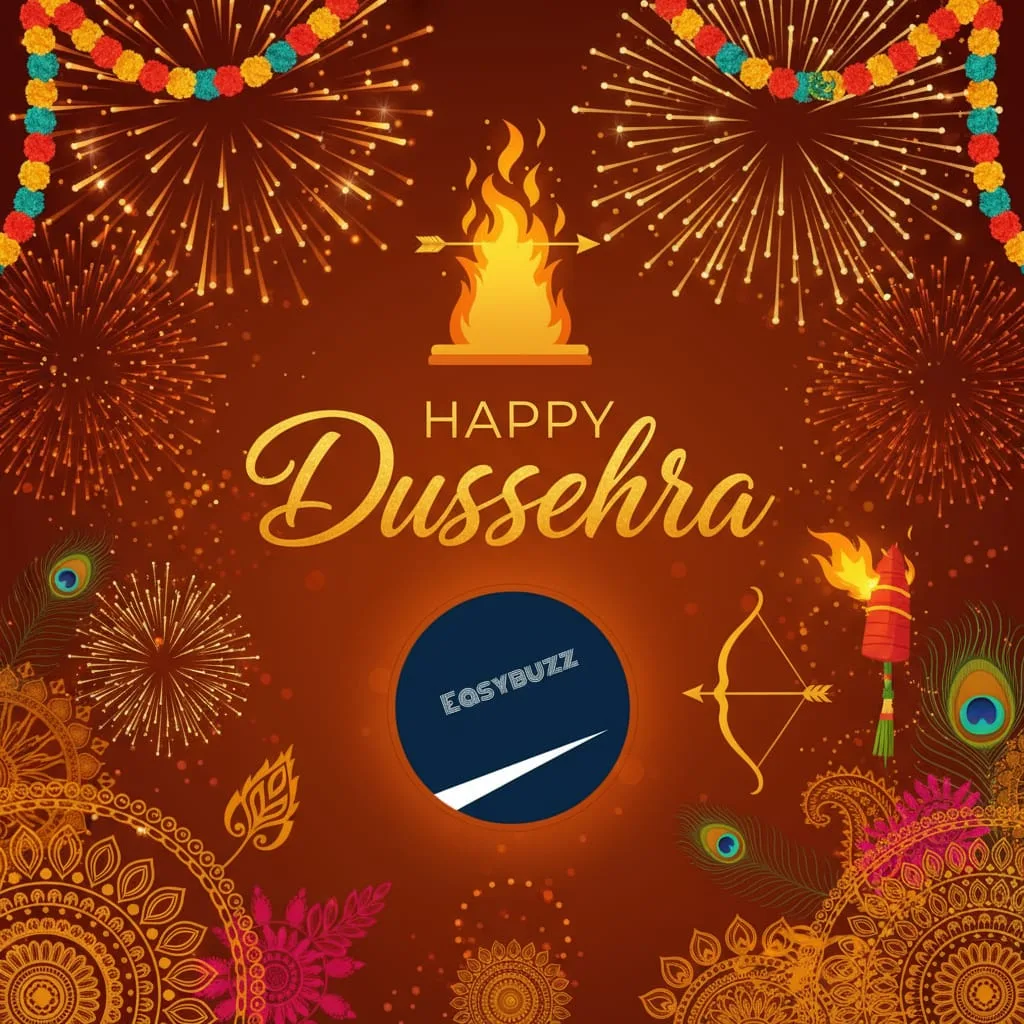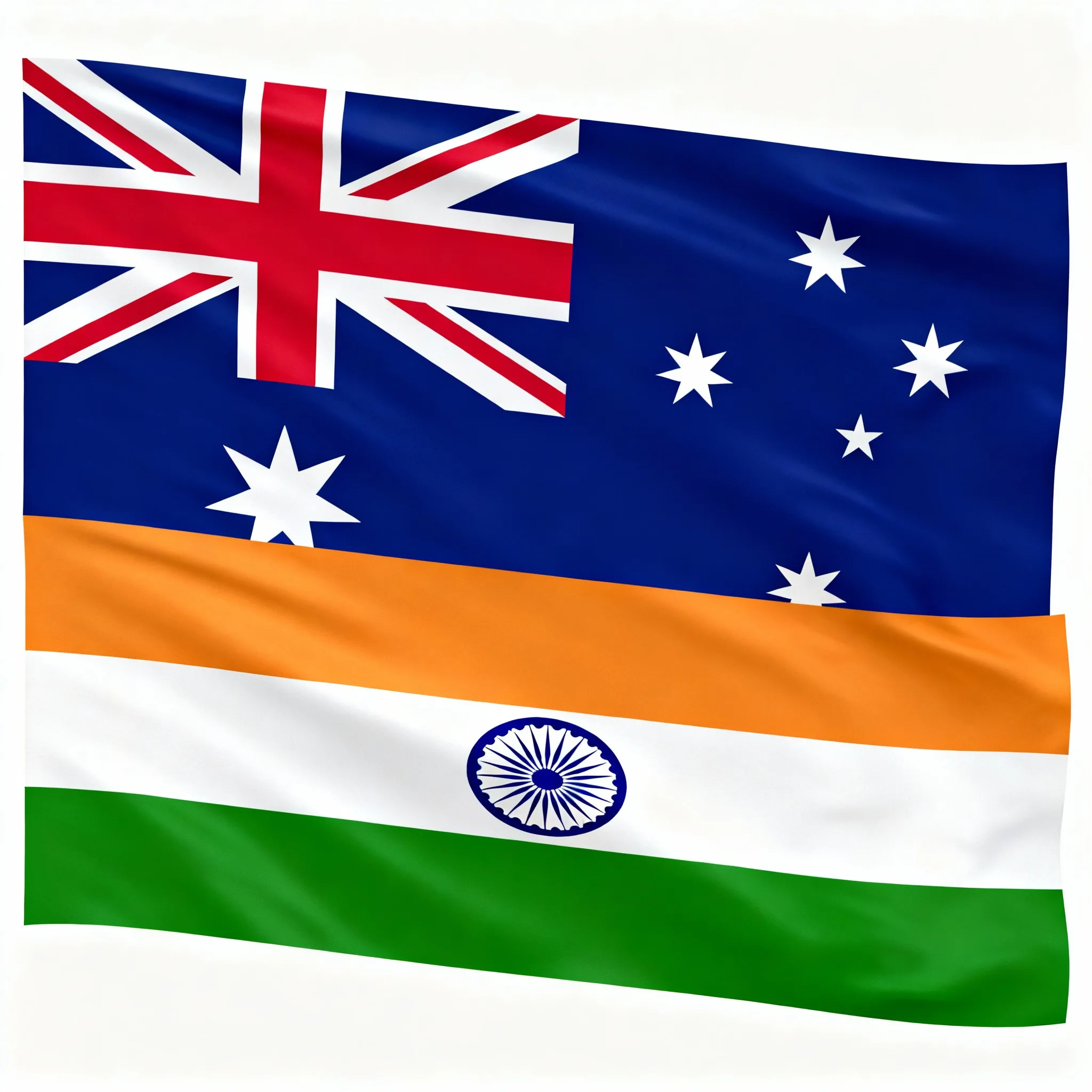Dussehra, which is also called Vijayadashami, is one of the most colorful and lucky festivals in India. It is a celebration of the triumph of good over evil, and it is deeply ingrained in Indian culture, mythology, and customs. The festival is not only a reminder of our glorious past, but it also shows us the way to choose the path of truth and virtue.
Also Read: New Silver Price in India: Why It’s Growing and What It Means for the Future
Dussehra is celebrated right after Navratri and falls on the tenth day of the Hindu lunar month of Ashwin. It is a very important cultural holiday that brings people together in joy, devotion, and celebration. Dussehra is celebrated differently across India. The main theme, however, is always the same: good triumphs over evil.
Historical and Mythological Significance of Dussehra

The Story of Lord Rama and Ravana
Dussehra is a holiday in northern India that celebrates Lord Rama’s victory over the demon king Ravana. Rama fought hard to free his wife, Sita, from Ravana’s prison, according to the Ramayana. Burning effigies of Ravana on Dussehra is a symbol of getting rid of greed, arrogance, and evil.
- Crafted with Premium Finish Glass Top, it offers an imperviousness to rust surface while conveying enduring performance.
- Equipped with 4 Distinct Size Burners; 2 Small, 1 Medium and 1 Jumbo Burner for your varied needs. This gas stove comes …
- The double drip trays are perfect to absorb all spills on stove top, so easy to wipe them off. No messy goop or grease a…
Goddess Durga’s Victory Over Mahishasura
In eastern states like West Bengal, Assam, and Odisha, Dussehra is observed as Durga Puja. It honors Goddess Durga’s victory over the buffalo demon Mahishasura, which stands for Shakti’s divine power that defeats negativity and brings balance back to the universe.
Why Dussehra is Considered Auspicious
Ramlila and the Burning of Ravana’s Statue
In North India, Ramlila shows employ song and acting to convey the story of the Ramayana. The festival finishes with fireworks and the burning of large statues of Ravana, Meghnath, and Kumbhkaran.
Durga Visarjan in India’s East
To honor the end of Durga Puja, people in Bengal and nearby states put statues of Goddess Durga in rivers and seas. The goodbye is both sad and happy because it means the goddess is going back to her home in heaven.
People in Bengal and adjacent areas put statues of Goddess Durga in rivers and oceans to celebrate the completion of Durga Puja. It makes me sad and joyful to say farewell, as it implies that the goddess is going back to her home in heaven.
Each location has its own customs and traditions.
In Mysuru, Karnataka, Dussehra is celebrated with a regal procession and enormous festivals.
People in Gujarat practice the Garba and Dandiya dances during Navratri, which comes before Dussehra.
Special prayers for books, weapons, and tools in Tamil Nadu highlight how the festival is linked to study and talent.


















Join Us on Social Media!
Stay updated with the latest from EasyBuzz. Connect with us: